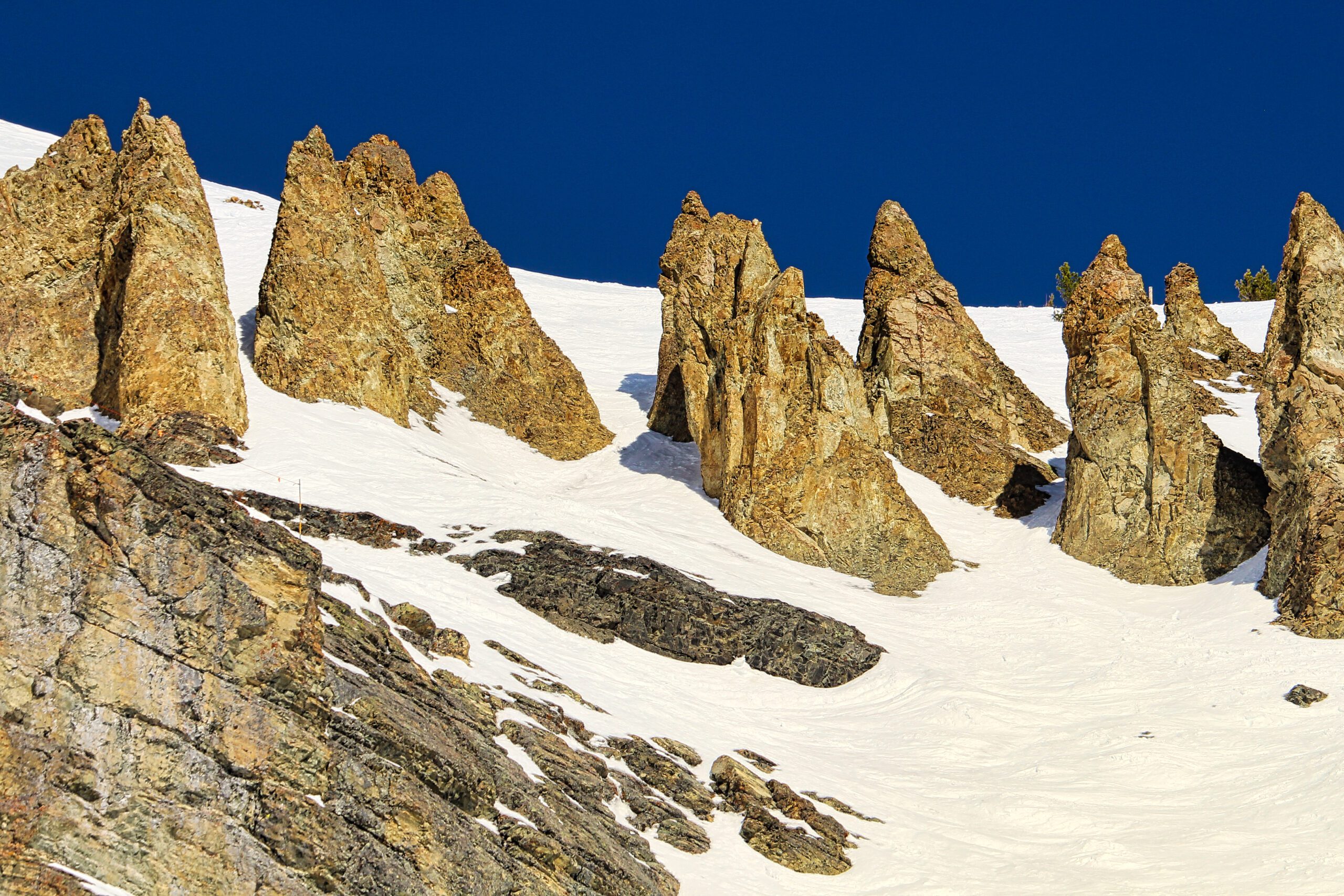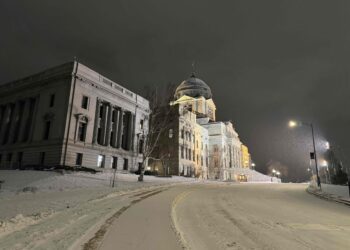By Paul Swenson EBS COLUMNIST

Welcome back. If you have been following the last three columns you have read about the three major classifications of rocks: Sedimentary, metamorphic, and igneous. These three rock types make up the rock cycle that you should have learned in middle school or early high school. To recap this cycle, rocks are eroded to produce sediment. The sediment gets deposited somewhere downstream, probably the ocean. The sediment accumulates, becoming sedimentary rock through a slow process called lithification. With continued burial, added pressure and/or heat changes the mineralogy creating metamorphic rocks. Continued heating causes melting leading to igneous rocks. Lift any of these types of rocks to the surface via tectonic forces then repeat the process. Earth’s crustal recycling.
For this column let’s mix up all three types of rocks together and see what we get. First, in the fall I discussed how shales in the Big Sky region were easily eroded and formed gentle slopes and valleys. Most of the shales have already been eroded off any of the mountain ranges like the Spanish Peaks or Gravelly Range or Tobacco Root Range. Second, the core and high peaks of these ranges are predominantly metamorphic or igneous rocks since these types are hard and resistant to erosion.
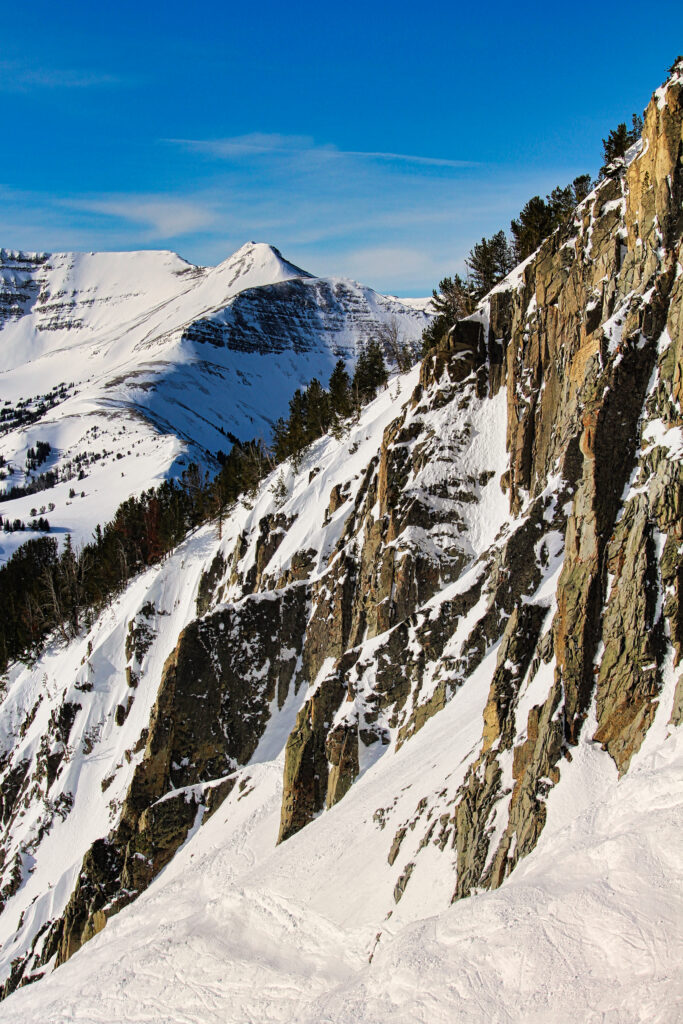
But here is the enigma: Lone Mountain. It’s sitting out there all by itself at 11,000 feet, not part of the Taylor-Hilgard range or Spanish Peaks. And it consists in major part of shales, mudstones, and thin sandstone layers. These rocks should have been eroded away with the rest of the surrounding sedimentary rocks. So why not? Igneous intrusive rocks.
I suspect many of you have seen at some time a crumbling piece of concrete infrastructure, a bridge abutment, or a curb, or an old building foundation. The concrete weathers and crumbles, but there is still a structural element that holds it upright—rebar. The rebar adds tensile and compressional strength to the concrete. Lone Mountain has the geologic equivalent to rebar holding up the weak sedimentary rock, a collection of igneous intrusions that collectively are called a laccolith. The igneous rocks, under extremely high pressure, were injected between layers of the sedimentary rocks where they cooled. These intrusive rocks transferred heat to the shales and sandstones metamorphosing them into harder rocks called hornsfels. So both the hard igneous rocks, and the hornsfels, contribute to the structural integrity of Lone Mountain.

The rocks of the laccolith were initially classified as andesite back in the early 1900’s. Andesite Mountain was named such because of the igneous rocks that you find on top. When you get to the top of Ramcharger, that’s all there is in the windswept rockpile on top. It is these same rocks that give you core shots all over the ski hill, whether it’s Challenger, Shedhorn, or the Lone Peak Tram.
Today the igneous rocks are classified as dacite which is very similar to andesite but has a slightly different chemistry.
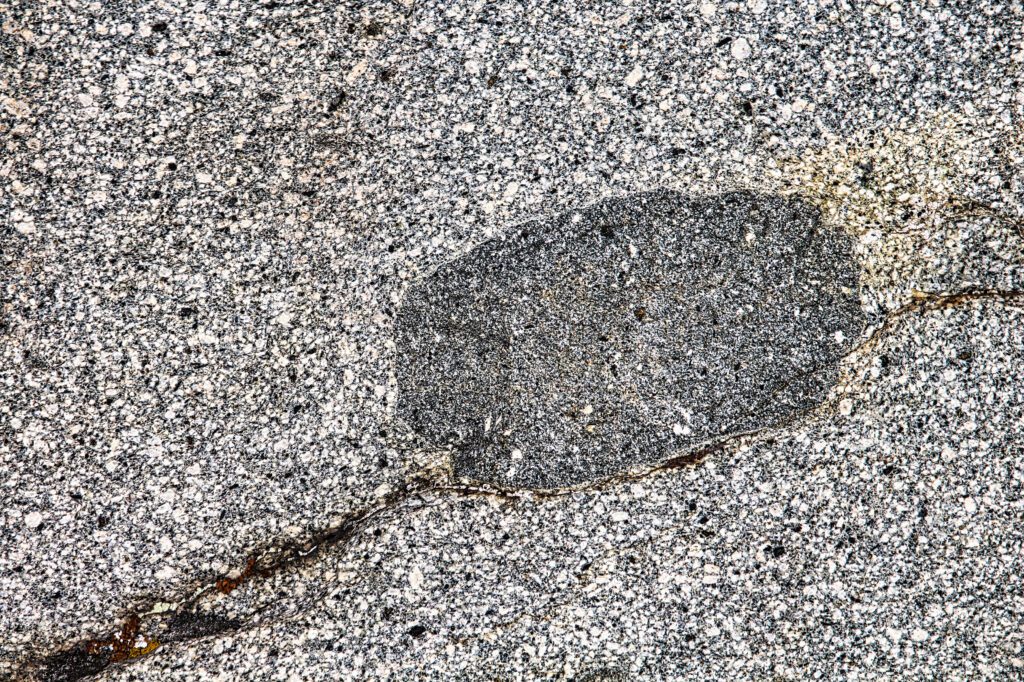
The timing of intrusion has been determined to be around 70 million years ago. There was a lot going on at that time with the subduction of the Farallon plate, formation of the Rocky Mountains, Colorado Plateau, and other orogenic events. This subduction zone would be located about 500 miles to the west of us. There was a lot of igneous activity happening above and below the surface of the earth. Large bodies of magma were melting their way through the crust, some of them making it to the surface, some not. The largest of these bodies now have names like the Boulder Batholith, the Tobacco Root Batholith, and the Idaho Batholith. These large bodies, as they cooled underground, deposited large amounts of copper, silver, and gold that led to the mineral rushes of the last century and a half here in the “Treasure State.” Our state motto, of course, is “oro y plata,” gold and silver.
Perhaps the dacite intrusions of Lone Mountain are related to the larger magmatic events to the west. The gold, silver, and copper rushes of the mid to late 1800s brought us towns like Virginia City, Butte, Helena, and Bannock. Now in our modern world, we have a rush of our own. Here in Big Sky, we are not strip mining gold but what we now hold valuable: Our views, recreational opportunities, and outdoor lifestyle. Our gem is a mountain born from the same fires that produce other precious commodities. We owe a lot to some simple processes, and we must take care of our iconic mountain and all the natural beauty we call home.
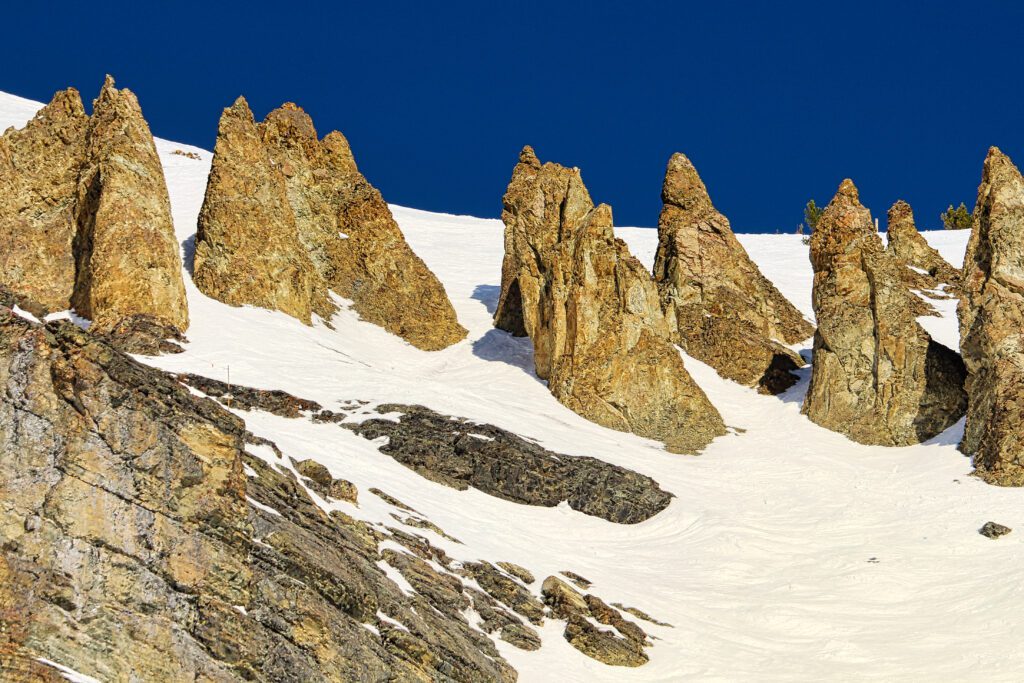
Paul Swenson has been living in and around the Big Sky area since 1966. He is a retired science teacher, fishing guide, Yellowstone guide and naturalist. Also an artist and photographer, Swenson focuses on the intricacies found in nature.



